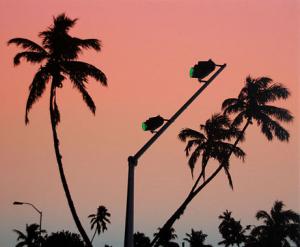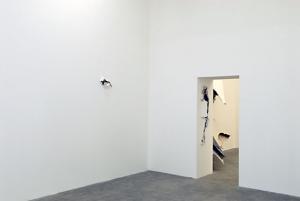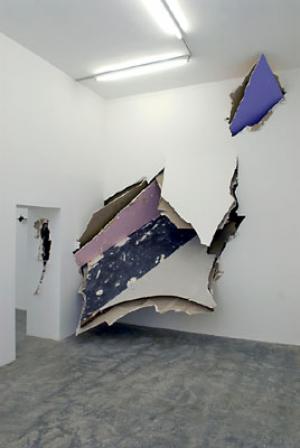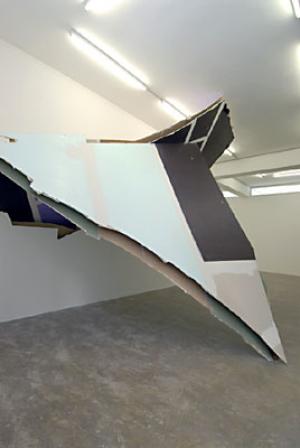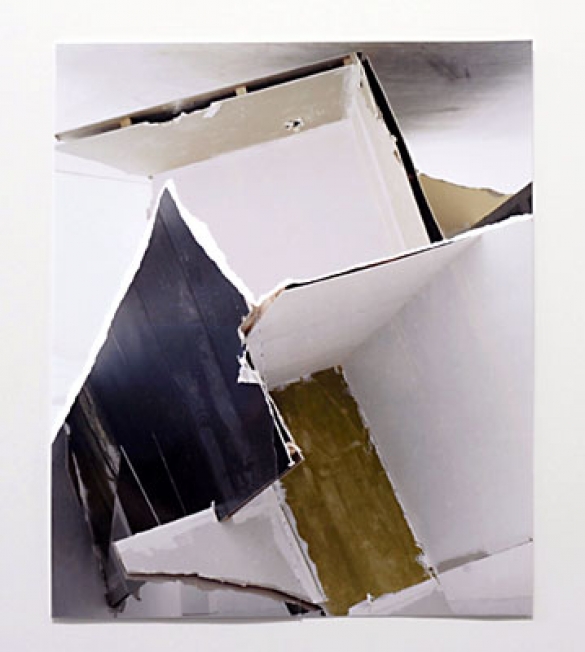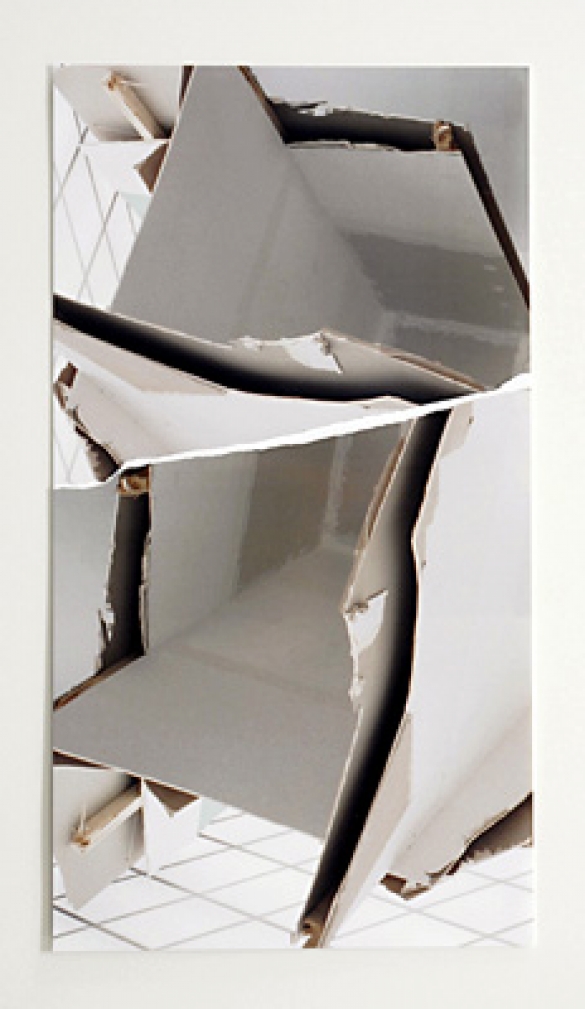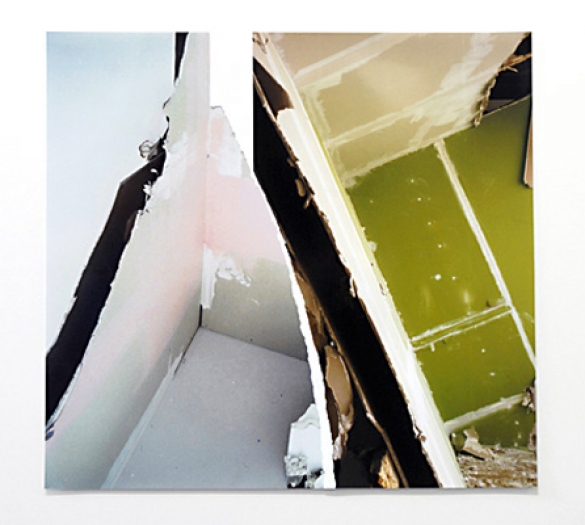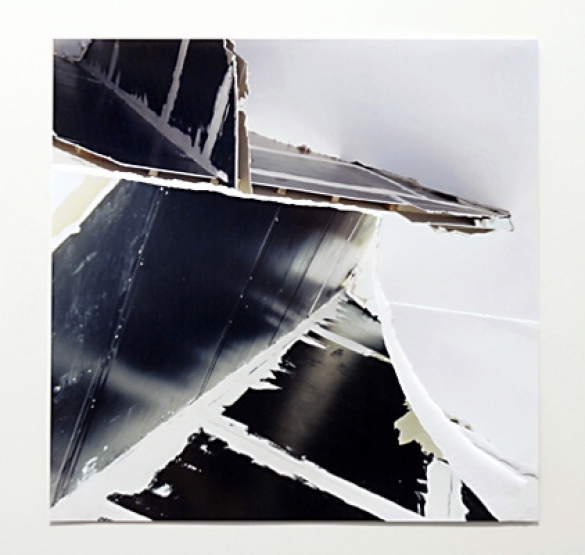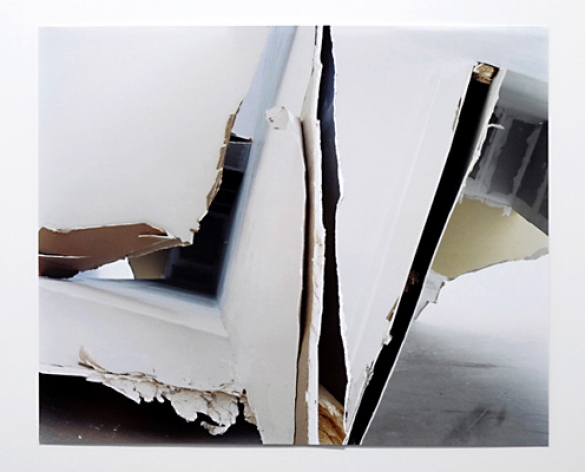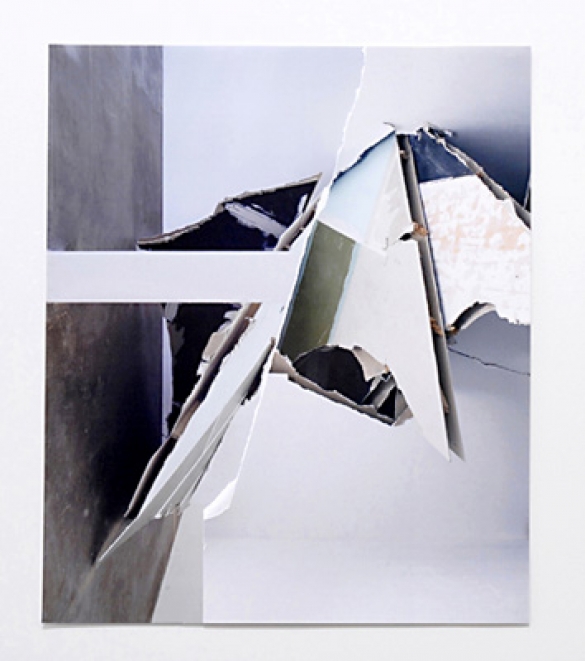Less Roses-Gallery
born 1975 in Marburg, lives and works in Hamburg, Germany
Altmann has just graduated from the HamburgArtSchool. In his sculptures he uses baroque forms - shifting between the opposing poles of naturalism and the irrational grotesque.
born 1971 in Paris, lives and works in Tangier, Morocco and Paris, France.
IRIS TINGITANA is one of Tangier’s native flowers, and takes its name from the city’s Latin one. The Tingitane peninsula of northern Morocco is a place of great biodiversity, home to the highest concentration of indigenous species on the Mediterrenean. Since long before the Romans, human development has left its traces on this environment without defiing it. Over the past ten years, though, marketplaces, pastures, and formerly protected forests and historic buildings are being handed over to developers of hotels, housing, and shopping malls, in a fast-forward push to replicate the spanish Costa del Sol, a high-density suburban sprawl of mass sunshine tourism. The decisionmakers’ broader goal, conscious or not, is a new, clean, globally marketable Morocco in which the only indigenous species visible in public are those branded by modernity or neatly framed by their folkloric status. Wildflowers, like street kids, men napping in parks, roadside picnickers, farmers selling produce, and clandestine pastoral lovers, will soon have no place. Flowers are wrongly considered inherently poetic. Here they have quietly become political. The overnight appearance in Tangier’s traffic circles of thousands of pink geraniums, in aseasonal full bloom, or the quick march of imported palm trees from the south along the corniche of Tangier speak in botanical code of the new grammar of power. January is also the month in which the local Irises bloom, and this year, in in-between spaces on rutted consruction sites, along incomplete highway spans and in the remaining graveyards and grasslands -- the surviving endangered wild iris, sage, and pines still bore stoic witness to their city’s irreversible transformation. Yto Barrada, Tangier April 2007
born 1967 in Stuttgart, lives and works in Düsseldorf, Germany
born 1955 in Framingham, Massachusetts, lives and works in New York
born 1957 in Hollywood, USA, lives and works in Düsseldorf, Germany
born 1970 in Hamburg, lives and works in Düsseldorf, Germany
Wild orchids and metaphorical shipwrecks (PDF)
German photographer Elger Esser curates an exhibition for a low season capturing beauty on the edge of ruin, an apt image of Beirut itself.
By Kaelen Wilson-Goldie Tuesday, August 2007,
Daily Star staff
Interview BEIRUT: The contemporary art scene in Beirut is famously flexible. For more than 15 years, a community of independent artists and nonprofit arts organizations has built an infrastructure for cultural production that is capable of withstanding one political rupture after another. That infrastructure dovetails nicely with the commercial gallery system, which grows robust when economic times are good and becomes strained when they are bad. The dog days of August are always slow when it comes to art. Galleries typically go on hiatus for the month, artists and curators travel and the public seeks refuge at the beach or in the mountains.
But few would argue that the contemporary art scene in Beirut is currently in good health. The otherwise indefatigable Agenda Culturel, the fortnightly French-language listings guide to cultural events in the Lebanese capital and beyond, put out an issue as thin as a wisp covering two weeks in July. The subsequent issue feels a bit heftier - but only because it covers a month and a half.
The issue for July 11 through July 24 weighed in at just 12 pages. The issue for roughly the same period last year - which obviously went to press before the war with Israel began on July 12 - was three times the size. As the publishers' note in an introduction to their visibly emaciated issue, in the summer of 2005 they listed 272 cultural events, in the summer of 2006 they listed 355 (95 percent of which were cancelled) and in the summer of 2007, they listed just 55, quite a drop and paltry by any standard for a cosmopolitan city of 1.5 million.
In terms of the commercial gallery scene, Galerie Epreuve d'Artiste, the V&A Gallery and Espace SD have closed (though not, in all cases, due to the situation in Lebanon). The Agial Art Gallery in Hamra hasn't mounted a new exhibition since last summer's showcase for Franco-Sudanese painter Hassan Musa. Like several other Beirut galleries, Agial is showing stock for those who care to drop by and browse. But gallery owners know that this isn't a season of buyers. For-profit entities with overheads that include rent, staffing and electricity - to say nothing of transportation, insurance, installation and production costs - are less flexible than their not-for-profit counterparts.
So what is Andree Sfeir-Semler thinking in putting on an exhibition - filling a 1,000-square-meter gallery with new work by six international artists - that opens on Thursday? "I said I'm not going to postpone because who knows what is going to happen in the fall?" Sfeir-Semler says ruefully, in reference to the presidential elections that are meant to take place in September. "I decided to go on even if only 10 people see the show ... The collectors are hardly here," she adds. "The artists were unsure, but I encouraged them to go on as if this were a healthy country in happy times."
Galerie Sfeir-Semler opened in Karantina in April 2005. Whether or not that was an auspicious date probably depends on how local history plays out in the next few months. Sfeir-Semler's original gallery has been in business in Hamburg, Germany, for decades, so she doesn't depend solely on the often arid Lebanese art market.
Two years ago, German photographer Elger Esser gave Sfeir-Semler the last push she needed to plunge into her Beirut adventure.
"Sales of his work financed the gallery for the first year," Sfeir-Semler reports matter-of-factly. "He came to Lebanon and he felt it," she adds.
Esser's large-scale, labor-intensive, painstakingly composed photographs of Lebanon - from the Enfeh salt flats in the North to the archeological relics of Sidon and a series of strange, serene views of Naqoura in the South - are among the most poetic landscapes he's ever made.
Now Esser is pitching in again. The exhibition that opens of Thursday is based on his own curatorial conceit - beauty on the edge of ruin or at the risk of disappearance - and is named, with intentional awkwardness, "Less Roses."
"I invited him to do a show of his own work in the space," Sfeir-Semler recalls. "He decided not to do that but to invite artists and friends to join him in a group show. All of the artists [in "Less Roses'] make works that have to do with beauty and the danger of lost beauty."
"Less Roses" includes works by Moritz Altmann, Yto Barrada, Peter Hopkins, Glen Rubsamen and Felix Schramm - who is creating a massive sculpture that ruptures a room at the entrance to the gallery and is sure to find many degrees of unintended resonance in Beirut.
The show also includes two bodies of work by Esser. One is an installation of 10 glass vitrines filled with souvenirs from his time in Lebanon and focused on the country's wild orchids, which he discovered with a guide from the Initiative for Biodiversity Studies in Arid Regions, part of the American University of Beirut's agricultural sciences faculty. Apparently, Lebanon boasts 17 species of wild orchid, only 10 of which are still blooming. The rest exist only in historical writings or drawings.
"I've spent five very intense times in Lebanon," says Esser. "This work is somehow a daybook of by first stay, in 2004, for 10 days." One in a generation of German photographers that studied with the venerable Bernd and Hilla Becher in Dusseldorf, Esser creates works that are markedly more sumptuous than those of his peers, such as Andreas Gursky, Thomas Struth and Thomas Ruff. But according to Sfeir-Semler, while all his photographs deal with traveling, few have engaged so sensitively with place as his Lebanon pictures.
"Less Roses," says Esser, is not meant to be educational. Rather, it is "like flowers" for the country. "Hidden, not with compliments, but with interest, not without love, but clear."
Esser's second body of work, in a roundabout way, couldn't be more relevant in terms of capturing Lebanon's existential malaise in an apt, extended metaphor. It is a series of large-scale photographs, meticulously hand-colored, each depicting a historic shipwreck.
Copyright (c) 2007 The Daily Star
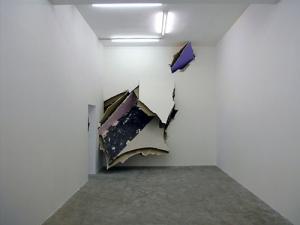
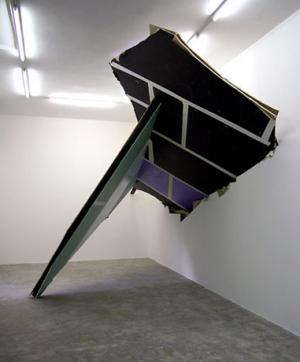
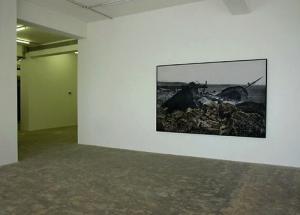
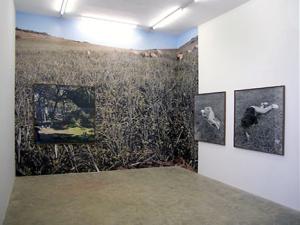
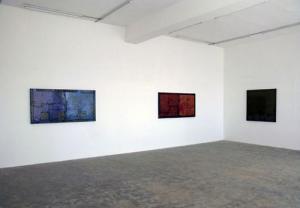
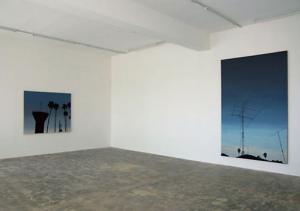
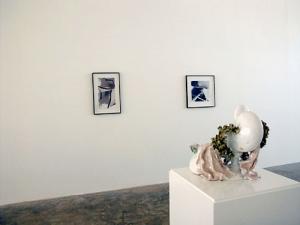
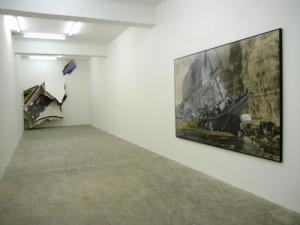
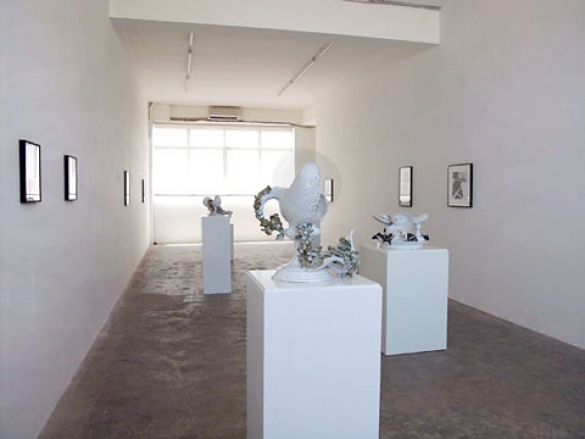

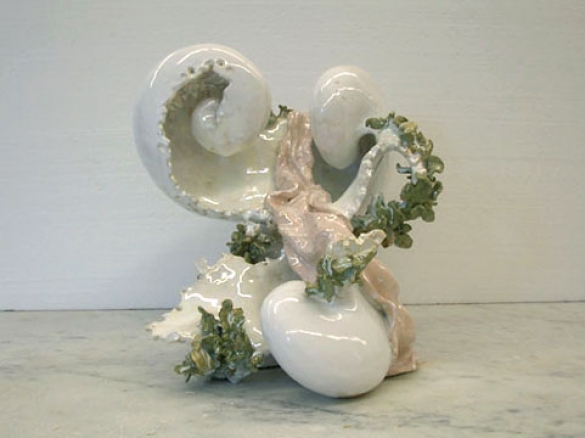
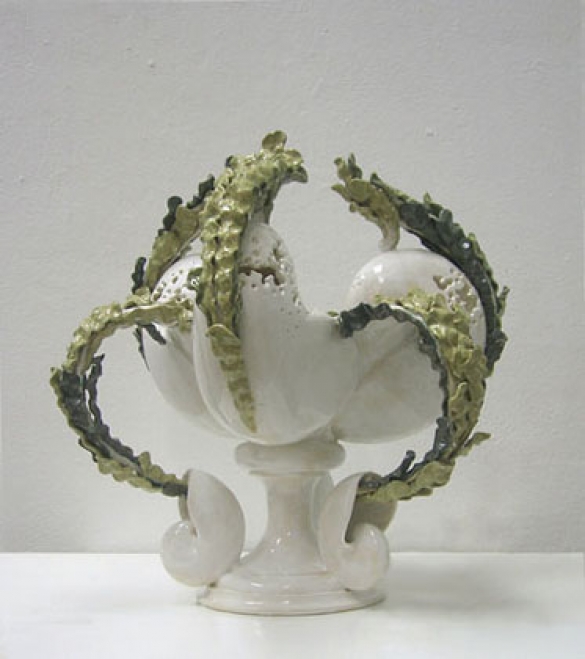
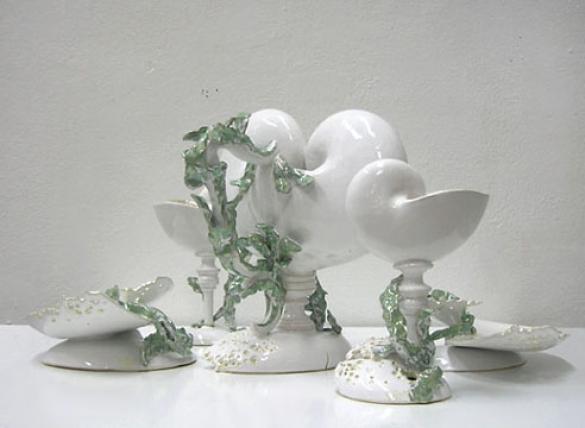


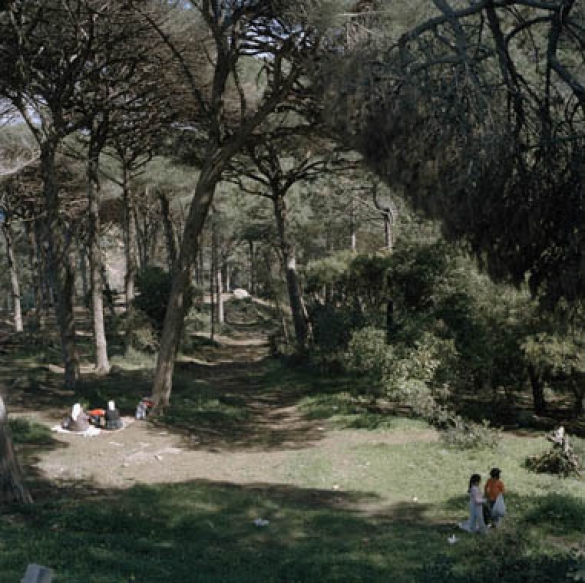
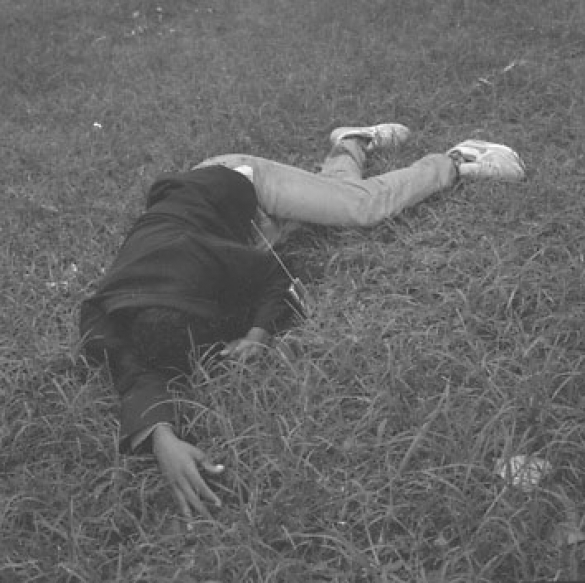
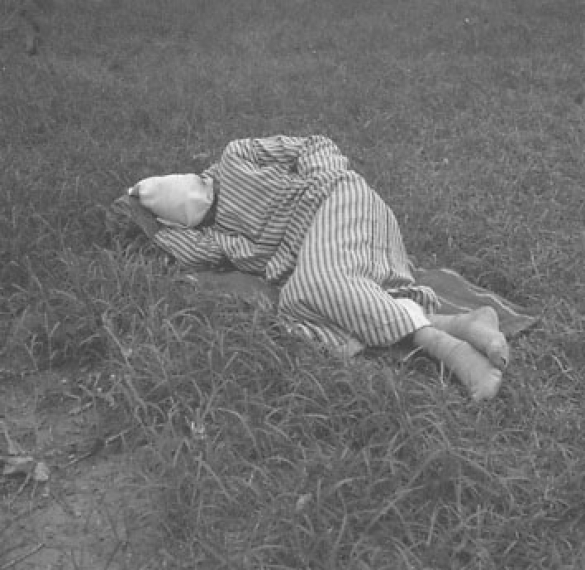

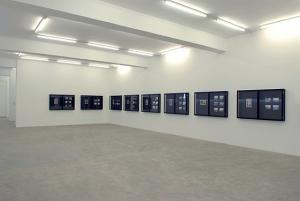
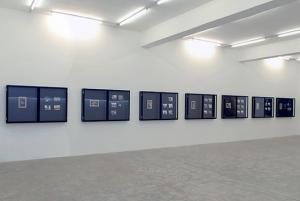
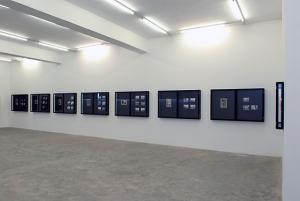
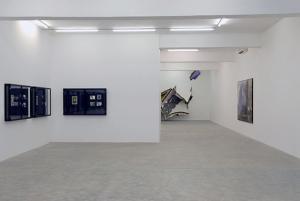

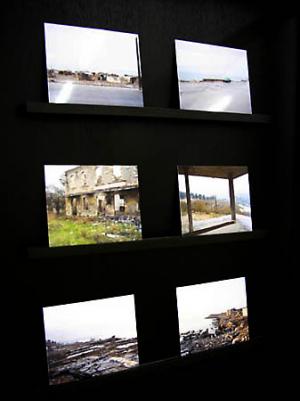
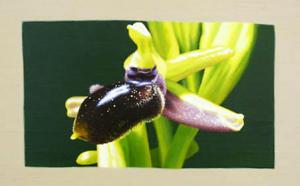
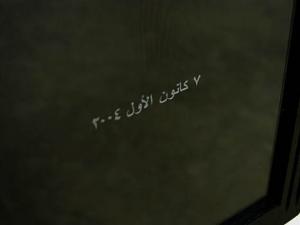
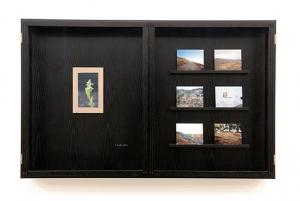
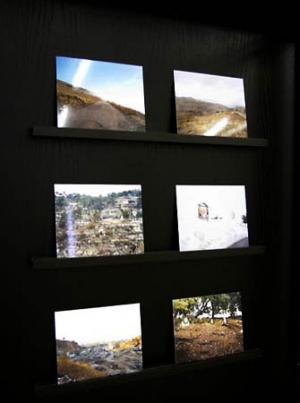
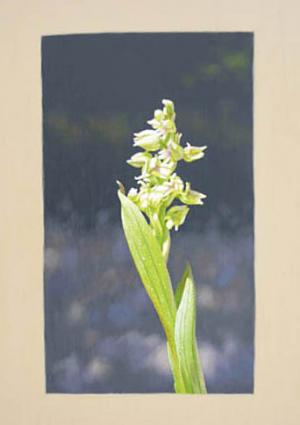
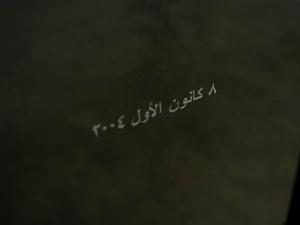
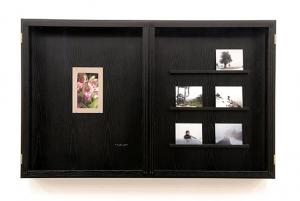
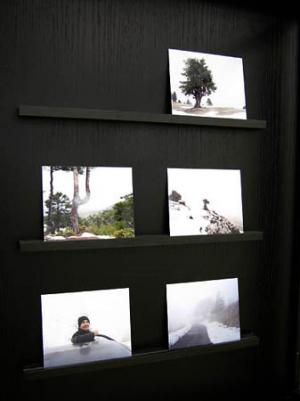

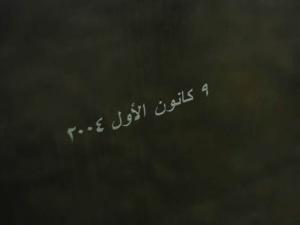
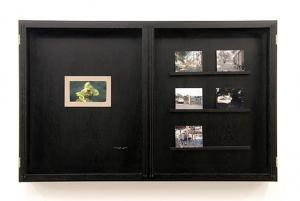
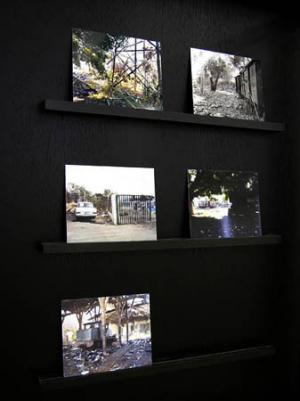

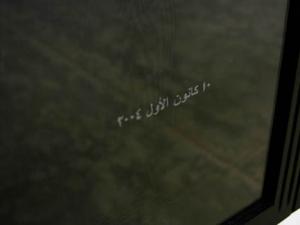
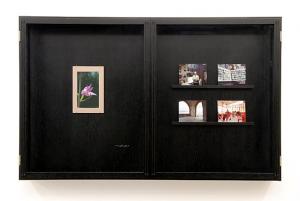
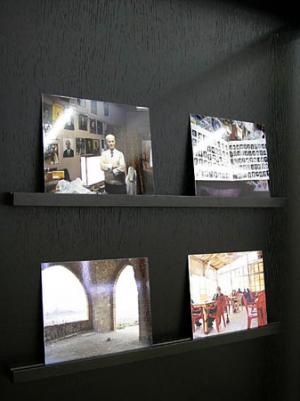
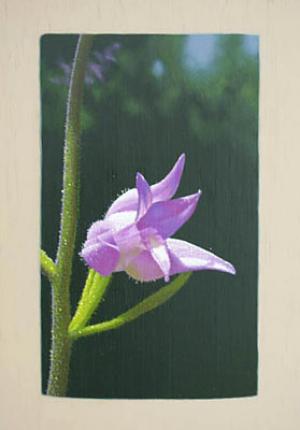
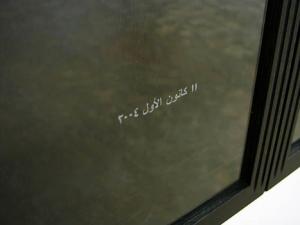
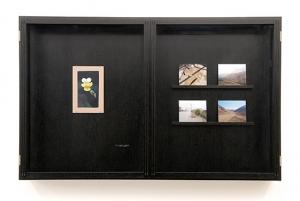
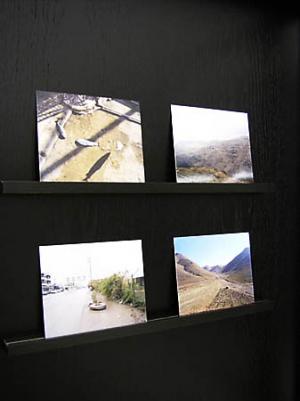
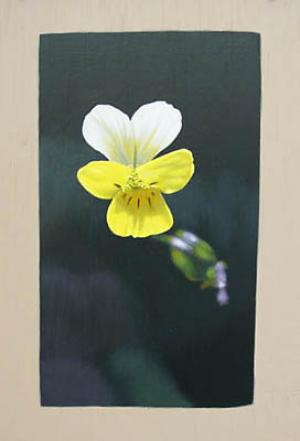
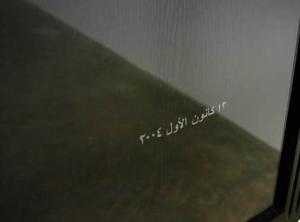
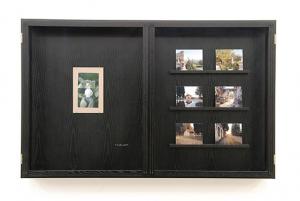

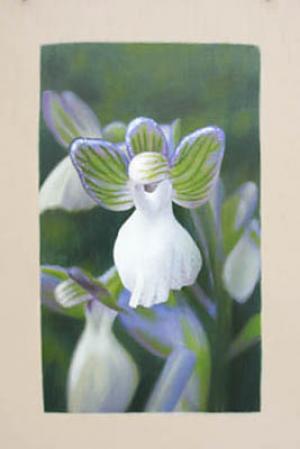

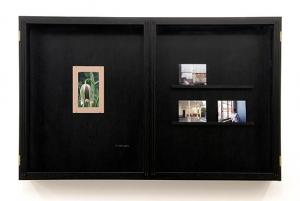
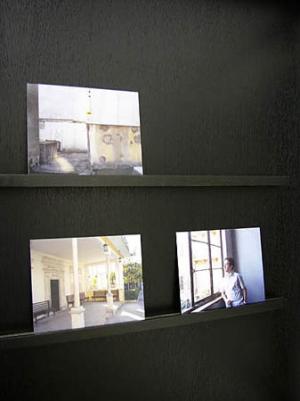
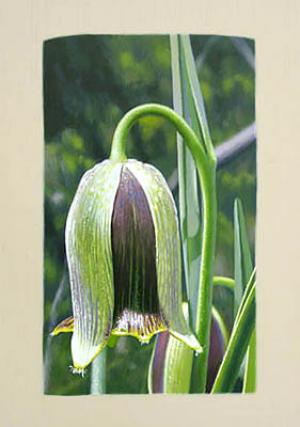
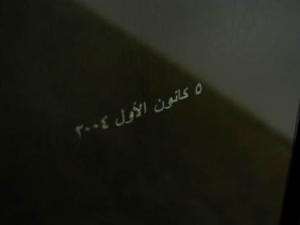
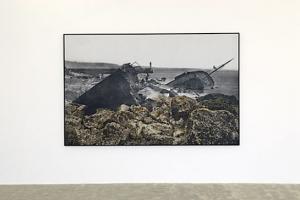
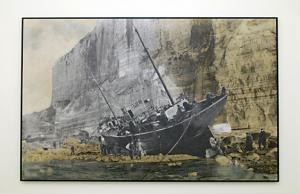
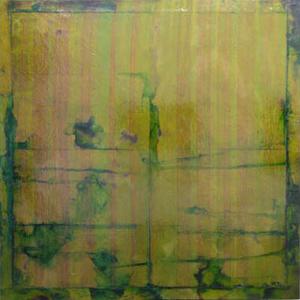
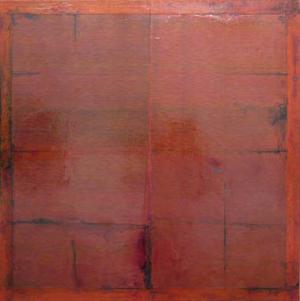
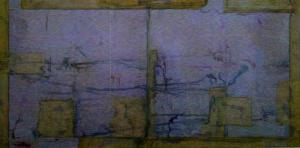
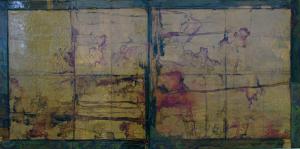

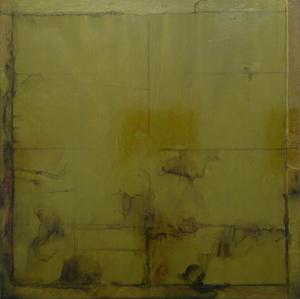
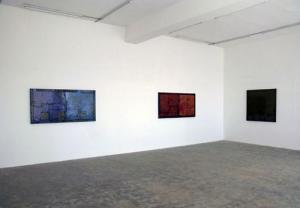
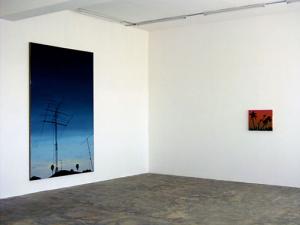
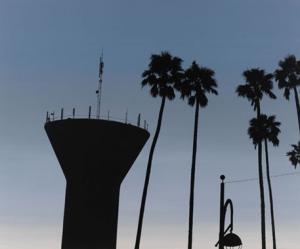
!["All of a sudden[1]...", 2007, acrylic on linen, 290 x 195 cm 467/3537.jpg](/sites/default/files/styles/4_images_300_/public/imported_images/467/3537.jpg?itok=euMo6jU-)
